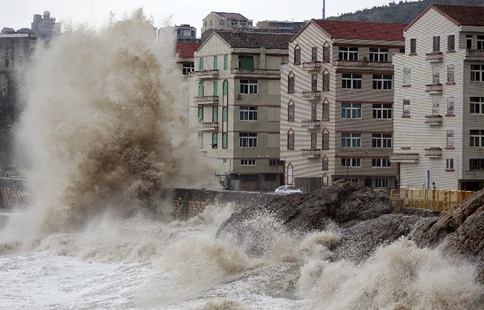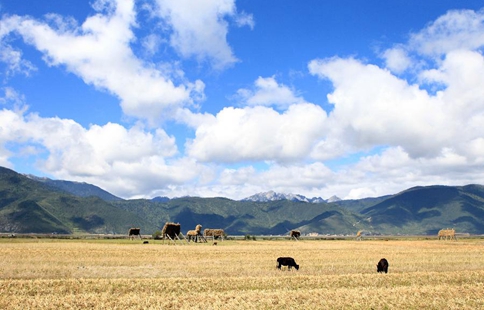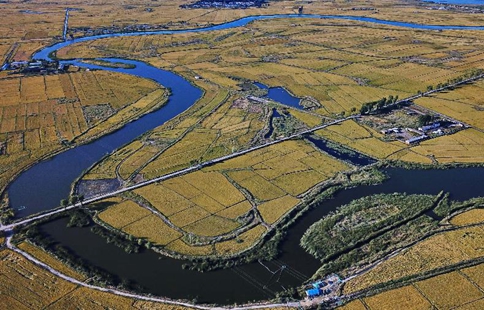by Peter Mutai
NAIROBI, Sept. 15 (Xinhua) -- Climate change effects are to blame for the increasing acute undernourishment of children in Kenya, the United Nations said in a report released in Nairobi on Friday.
According to the UN, the failure of the March-June long rains, the third consecutive poor rains since early 2016 has contributed an additional 37,000 children across the country below the threshold of acute malnutrition.
"Climate-related issues have increased food insecurity in parts of northern Kenya where malnutrition rates have doubled in recent months," the UN report says.
The report noted that the country's undernourishment affected 8.8 million people, accounting for 19.1 percent of the population.
It states that almost 370,000 children across the country now require treatment for acute malnutrition, including 72,600 who are suffering from the most severe form and requires specialized life-saving care.
"In four out of 17 surveys conducted in June and July, acute malnutrition rates were at least double the emergency threshold of 15 percent," the report said.
The failure of the March-June long rains, following two extremely poor rains in 2016, have led to widespread crop failure, acute water shortages, and declining production of milk in years, which pastoral children rely on for protein.
The report further blames drought related migration, early child marriages and child labor to lack of food and water.
"Several schools have closed while others are overcrowded because of migrating children or children who come in search of school-feeding," it says.
Following the development in the country, the UN children's fund (UNICEF) has urged for efforts to help fund its drought response.
"We need to make nutritious food, safe water and basic health care far more accessible to vulnerable children and families so that malnourished children can recover, and so that those at risk do not fall sick," UNICEF's Representative in Kenya Werner Schultink said.
Schultink revealed that the UN agency has reached 60 percent more children with life-saving assistance in the first half of 2017 compared to 2016, yet more and more children are becoming malnourished.
UNICEF is repairing water points in the country to help avail water to additional nine million children who lack access to safe water.
According to the report, Turkana Central, Turkana North and North Horr in Marsabit in northwestern Kenya registered acute malnutrition rates between 30 and 37 per cent.
Across the country, 1.6 million children are now food insecure, up from 1.2 million in February and 600,000 in August 2016.
Poor feeding practices, disease outbreaks and limited access to health services in the country are being exacerbated by a nationwide nurses' strike, now in its third month.
The State of Food Security and Nutrition in the World 2017 was jointly prepared by UNICEF, the Food and Agriculture Organization, the International Fund for Agricultural Development, World Food Program and the World Health Organization.



















